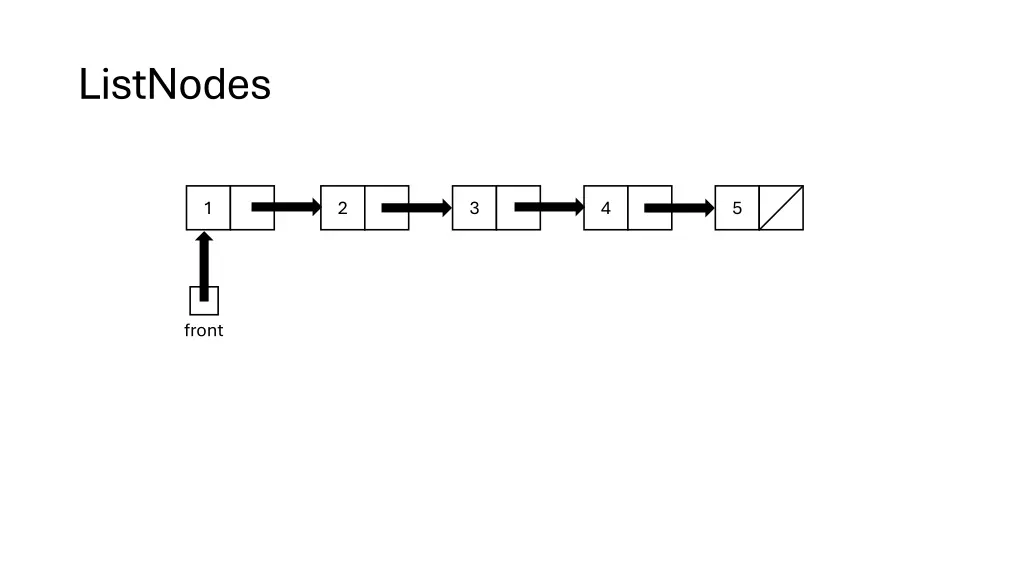
Unlocking the Puzzle of ListNodes and Front Next Next in JavaScript
Dive into the world of ListNodes and front.next.next properties through an engaging puzzle scenario. Explore two options to manipulate ListNodes and solve the puzzle for a better understanding of JavaScript programming concepts.
Download Presentation

Please find below an Image/Link to download the presentation.
The content on the website is provided AS IS for your information and personal use only. It may not be sold, licensed, or shared on other websites without obtaining consent from the author. If you encounter any issues during the download, it is possible that the publisher has removed the file from their server.
You are allowed to download the files provided on this website for personal or commercial use, subject to the condition that they are used lawfully. All files are the property of their respective owners.
The content on the website is provided AS IS for your information and personal use only. It may not be sold, licensed, or shared on other websites without obtaining consent from the author.
E N D
Presentation Transcript
ListNodes 1 2 3 4 5 front
Puzzle! 1 2 3 front // Option 1: ListNode front2 = front.next.next; front.next.next = null; 1 2 front // Option 2: front.next.next = null; ListNode front2 = front.next.next; 3 front2
// Option 1: ListNode front2 = front.next.next; front.next.next = null; Option 1
// Option 2: front.next.next = null; ListNode front2 = front.next.next; Option 2
Puzzle! 4 1 2 3 front // Option 1: ListNode front2 = front.next.next; front.next.next = front.next.next.next; front2.next = null; 1 2 4 front // Option 2: ListNode front2 = front.next.next; front.next.next = front.next.next.next; 3 front2
// Option 1: ListNode front2 = front.next.next; front.next.next = front.next.next.next; front2.next = null; Option 1
// Option 1: ListNode x = front.next.next; ListNode front2 = x; x=front.next.next.next front.next.next = front.next.next.next; front2.next = null;
// Option 2: ListNode front2 = front.next.next; front.next.next = front.next.next.next; Option 2
